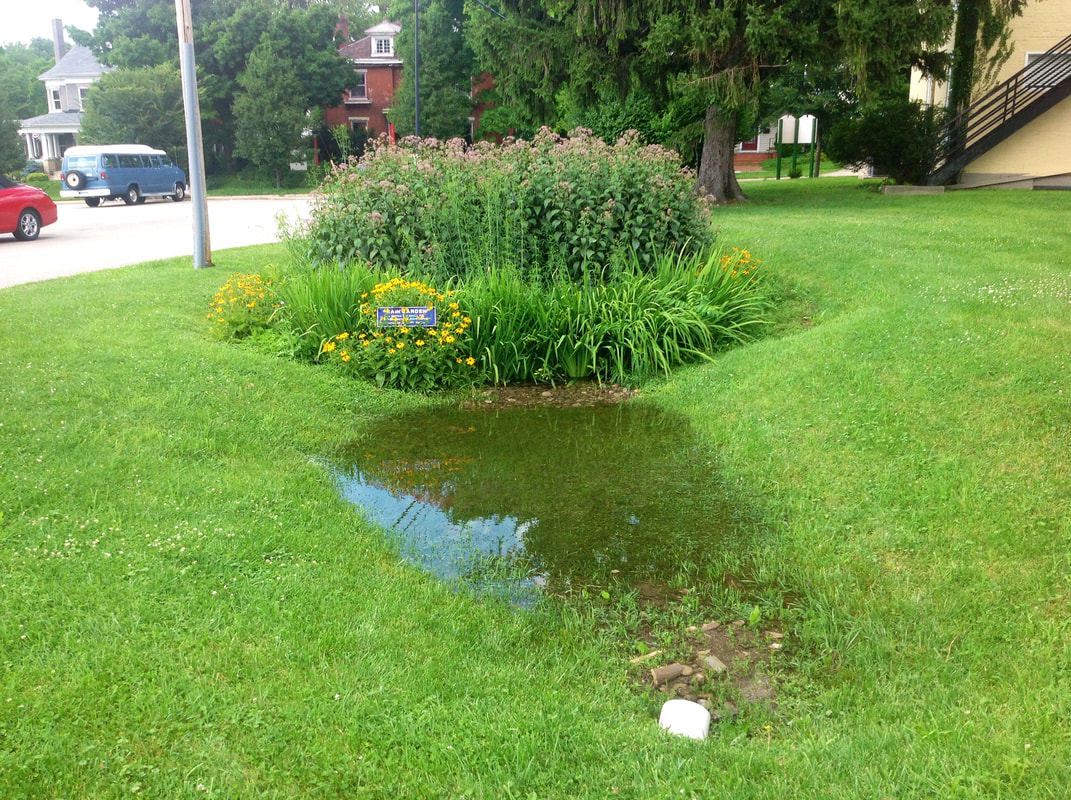|
What does it mean to make your home green for stormwater? Green stormwater practices around your home use plants, soils, and other elements to manage water quality and mimic the natural water cycle. Green stormwater practices retain, detain, filter, harvest, and infiltrate stormwater runoff to create healthier urban environments.
Incorporating green infrastructure provides many benefits such as improving water quality by removing pollutants, habitat preservation for native plants and animals, decreasing urbanization stream impacts, and overall enhancement of neighborhood aesthetics. The following is a list of management practices that landowners can incorporate on their own property to help control and keep stormwater clean. (Sources: Penn State Extension, United States Environmental Protection Agency)
For more information regarding green infrastructure for the home, Warren County Soil and Water Conservation District programs and/or technical assistance on water or soil questions, visit http://warrenswcd.com or call, 513-695-1337.
1 Comment
In the last few years we have experienced record rainfall events. While rainfall (otherwise known as stormwater) is a natural occurrence, unfortunately our environment is not always in a “natural” state. In other words, we have developed areas such as roads, sidewalks, roof tops, parking lots and other impervious surfaces where stormwater does not have a chance to soak down into our soil. This stormwater becomes runoff and picks up pollutants from our lawns and streets (examples - vehicle emissions, oil residue, grass clippings, pesticides, leaves, and pet waste) and enters our lakes and streams by way of storm drains thus causing water pollution and impairments within our local bodies of water. Stormwater runoff is the number one threat to our water quality according to the U.S. Environmental Protection Agency. How can we help? Below are some simple management ideas that could be implemented within the landscape to help store and clean some of this stormwater thus lessening the amount of water entering our stormwater sewer systems. 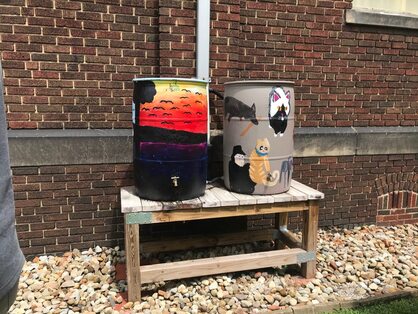 Utilizing Rain Barrels Rain barrels connect to downspouts to collect rain water. The collected water can then be used to water gardens, and be used as grey water for washing outdoor items. Water collected from rain barrels is not for human consumption, however. Some of the other benefits of rain barrels include:
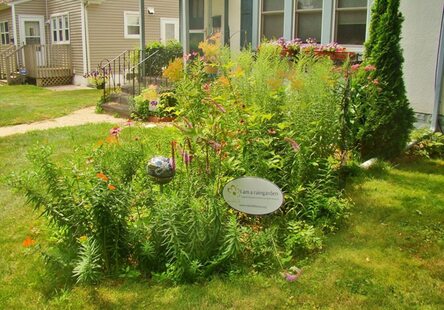 Creating a Rain Garden Rain gardens are a unique feature that can be added to the landscape and is disguised as a flower garden. They have many benefits that include: providing wildlife habitat, providing nectar and pollen sources for pollinators, transforming rainfall runoff into a resource rather than a nuisance, and improving storm water quality as it is infiltrated and redistributed through soils. Rain gardens are purposefully located to maximize the amount of stormwater runoff that flows into the garden rather than off the property. It is important to note that it is not just a garden bed. Garden size, depth, slope, soil amendments and drainage all need to be considered before putting a shovel into the ground. Plants that thrive in your landscape and in southwest Ohio should be considered. Native plants are good choices because they tend to offer more benefits to pollinators and have better survivability in native soils. To help prepare your rain garden’s site, check out the following resources:
Before putting any of these water management strategies into place, please check local ordinances to make sure you understand what is allowable. For more questions regarding rain barrels and rain gardens, contact us! 513-695-1337. 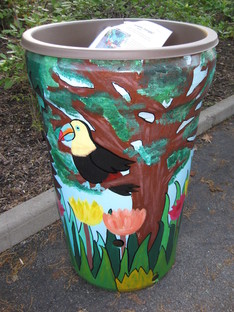 Calling all artists! The 6th annual Rain Barrel Art Project has begun and we are looking for individuals or groups to submit ideas of art they would like to paint on a rain barrel. The entry period is open until January 22. Click here to submit your idea. 2018 Project Timeline Nov. 15 (of 2017) to Jan. 22 - Entry Period (Click here to submit artwork) Jan. 23 to Jan. 29 - Selection Period Feb 10 - Artist Workshop @ The Cincinnati Zoo Feb. 10 to Mar. 29 - Painting Period Mar. 29 to Mar 31 - Rain Barrel Dropoff @ The Cincinnati Zoo Apr. 1 - Apr. 19 - Rain Barrels Displayed @ The Cincinnati Zoo Apr. 9 to 19 - Rain Barrel Art Online Auction April 19 - Party for the Planet, Auction Finale, and Artist Reception How do I participate? 1. Go to the entry form and submit your idea for approval. 2. If your design is approved, attend the artist workshop on February 10. 3. Pick up your rain barrel at the end of the workshop. 4. Return your rain barrel by Mar. 31 and visit it at the Cincinnati Zoo. What happens after I return the barrel? 1. Barrels are displayed throughout the Zoo between April 1 and April 19. 2. Barrels will be auctioned online between April 9 and April 19. 3. The money raised from the auction will be used for environmental education at SaveLocalWaters.org and at the Zoo. Rain barrels continue to grow in popularity across the country. However, one of its biggest drawbacks is their dull appearance. Some people are less likely to use them given the lack of aesthetic value they offer to residential and commercial landscaping, even though they conserve water and save money. We believe that producing beautiful artistic rain barrels that have unique painted details will make them more desirable and naturally promote their use. The Rain Barrel Art Project is designed to educate people on environmental issues like storm water runoff, watersheds and water conservation. To learn more about this project and other stormwater education campaigns visit SaveLocalWaters.org |
Details
Warren County SWCD Staff BlogA blog to keep you informed on all the latest news at Warren County SWCD and in the conservation world. Archives
May 2024
Categories
All
|
|
|
Contact:PHONE: (513) 695 - 1337
EMAIL: [email protected] HOURS: Monday - Friday 7:30am - 4:00pm (except holidays) Connect:Warren County Soil & Water Conservation District Copyright © 2016
Warren SWCD Privacy Notice. Emails are serviced by Constant Contact. Constant Contact's Privacy Notice. |
